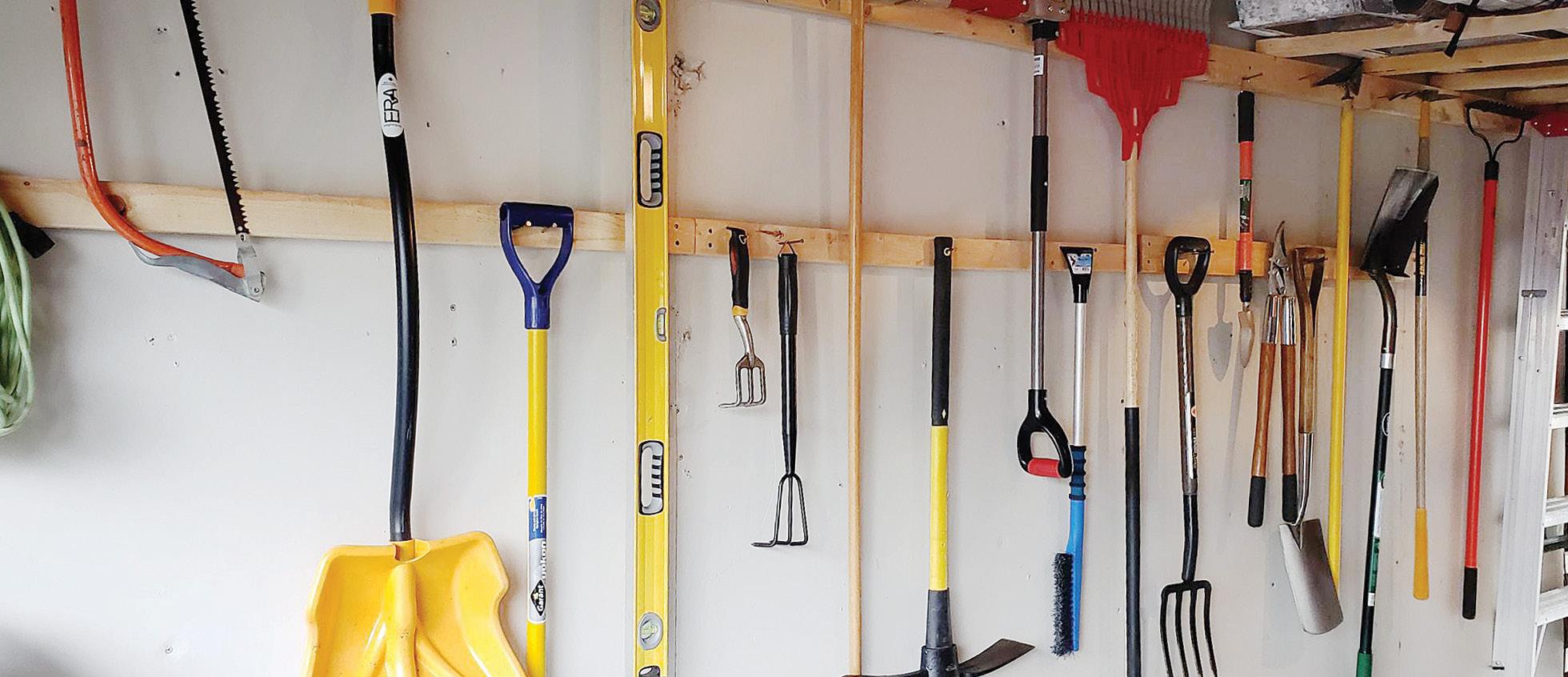Tree diversity
A popular concept but not without concerns Story by Wilbert Ronald, photos courtesy of Jeffries Nurseries
T
he buzz word in tree production and planting is the word “diversity” and it is impacting what trees are grown and planted as tree producers try to expand the range of trees available for use, particularly on city boulevards. There is consensus among tree specialists that overuse of a limited range of tree species can make for extreme vulnerability to disease and pest losses. We can see this confirmed as we look at fungal diseases causing losses to native American elm from Dutch elm disease, to Shubert cherry from black knot and to the columnar aspens from bronze leaf disease. A range of insect pests as well are on the horizon, as with the emerald ash borer introduced from northeast Asia. There are some important concerns as the range of tree species is expanded and the limitations of certain species becomes more noticeable. We discuss some of the limitations that a number of trees have and how careful use can help in managing these limitations. We will start at the roots and move up to the fruit and discuss the issue of hardiness. Transplant ease Some of the trees such as oaks, buckeyes and the butternut and black walnut group have deep coarse roots which make transplanting and tree establishment a challenge. Nursery growers have responded by developing procedures for root pruning to develop fibrous roots, by using larger root balls when transplanting hard to establish trees and by growing more trees in large containers to help reduce transplant shock. One danger of using containers for slower growing trees is that trees can become root bound in the container as they spend 2-3 years growing to saleable size. Any encircling roots need to be severed and the root ball somewhat trimmed so that the long-term planting success can be assured. We now see many of our oaks and buckeyes grown for three to four years in the field and then potted for one to two years to give a five- to six-foot 32 • 2020
Container grown trees like oaks are likely to survive transplanting.
tree ready to transplant. Larger oak trees and other tap rooted species are moved or dug with a tree spade quite successfully. Different moisture requirements A number of trees such as the silver and sugar maples as well as all linden species require higher moisture levels than previously planted elms and ash species. Everyone must be educated to provide additional watering. Some Amur cherry and cherry hybrids such as ‘Ming’ like good moisture levels but will not take excessive moisture or roots sitting in water. These plants cannot survive where basement sump Issue 1
pumps leave root zones flooded so be careful to choose the right location. Soil pH and salts Maple species in general do not tolerate highly alkaline soils whereas elms and ash are very tolerant of alkalinity. This means that maples may see limited use in areas where soil pH above 7.8 is not uncommon. Likewise, salt spray drift from speeding traffic or the ocean can affect trees such as lindens much more than the elms. Lindens are often recommended more for lower traffic and slower traffic streets including residential and collector streets. localgardener.net





















